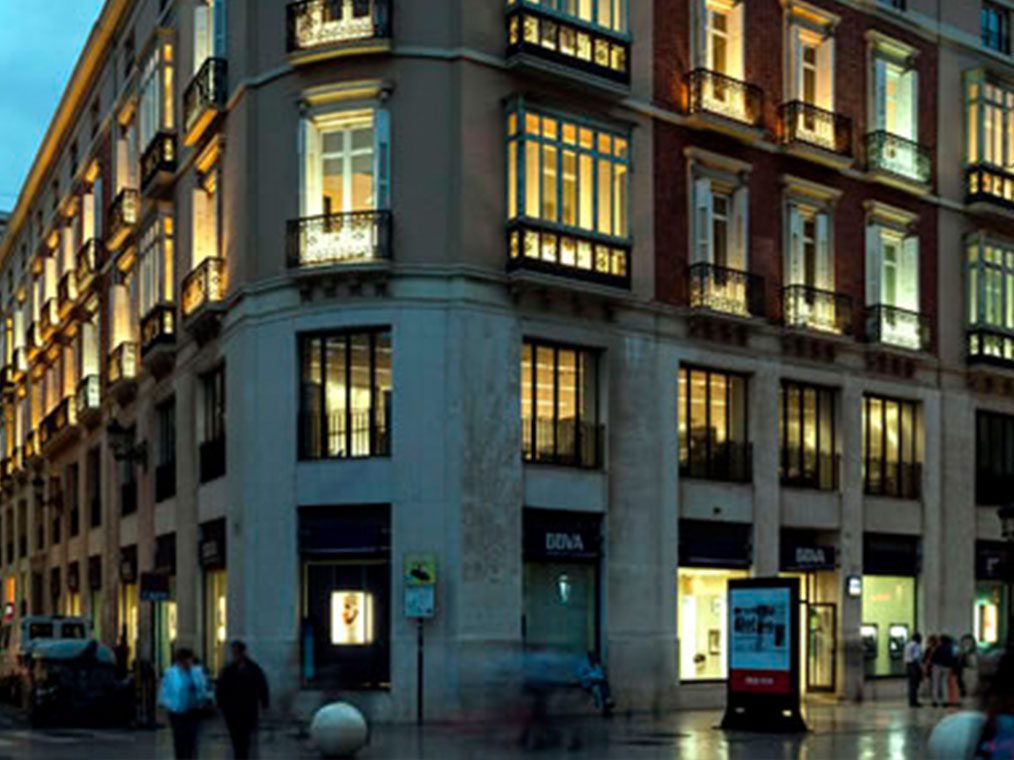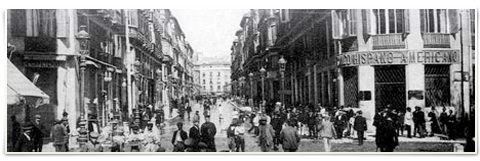History
Grupo Sociedad Azucarera Larios was founded as a result of the extensive business experience of the Larios family (Marqués de Larios) and the Gutiérrez-Maturana-Larios family (Marqués de Paul), from Málaga.
The establishment in 1831 of the trading company Larios Hermanos y Cia, founded by Martin Larios y Herreros, marked the beginning of the Larios family’s business activity in Malaga. Initially, they set up small businesses, but in the 1840s they made the leap to the sugar and textile industries, adopting the model of industry established by the English industrial revolution.
At the end of the 19th century, the Larios family led Malaga’s most important urban transformation, creating space between the narrow city streets for what is now the most prestigious shopping street in Malaga and one of the most famous in Spain. Cutting-edge building techniques were used to construct the buildings, using steel frame structures, following the new trends created by the Chicago School of architecture.
Throughout the 19th century, the Larios family invested in almost all economic sectors, both in industry and commerce. They were founding partners in Banco de Málaga, giving financial support to all its business activities. They participated in large enterprises such as the development of the Ferrocarril Málaga-Córdoba railway, the Compañía de Seguros insurance provider and the Sociedad de Vapores steamship company.
Sociedad Azucarera Larios, S.A. was established in 1890 to group together all sugar refineries in the city of Malaga, the east coast of Malaga province, and Motril, a total of 14 sugar refineries and more than 10,000 hectares of sugar cane plantation. This activity ceased when the last refinery was sold off in 1976.
In 1994, the Gutiérrez-Maturana-Larios family (Marqués de Paul) unified the different business activities it owned under the umbrella of Grupo Sociedad Azucarera Larios.



Having gained over one hundred years of business experience, the group has changed with the times and become a fully 21st century business, diversifying into areas such as real estate development, specialising in urban and rural tourism developments that are a destination in themselves, where the landscape and urban resources offer a unique experience to residents, in addition to leased urban assets, leased rural land, and farming businesses.